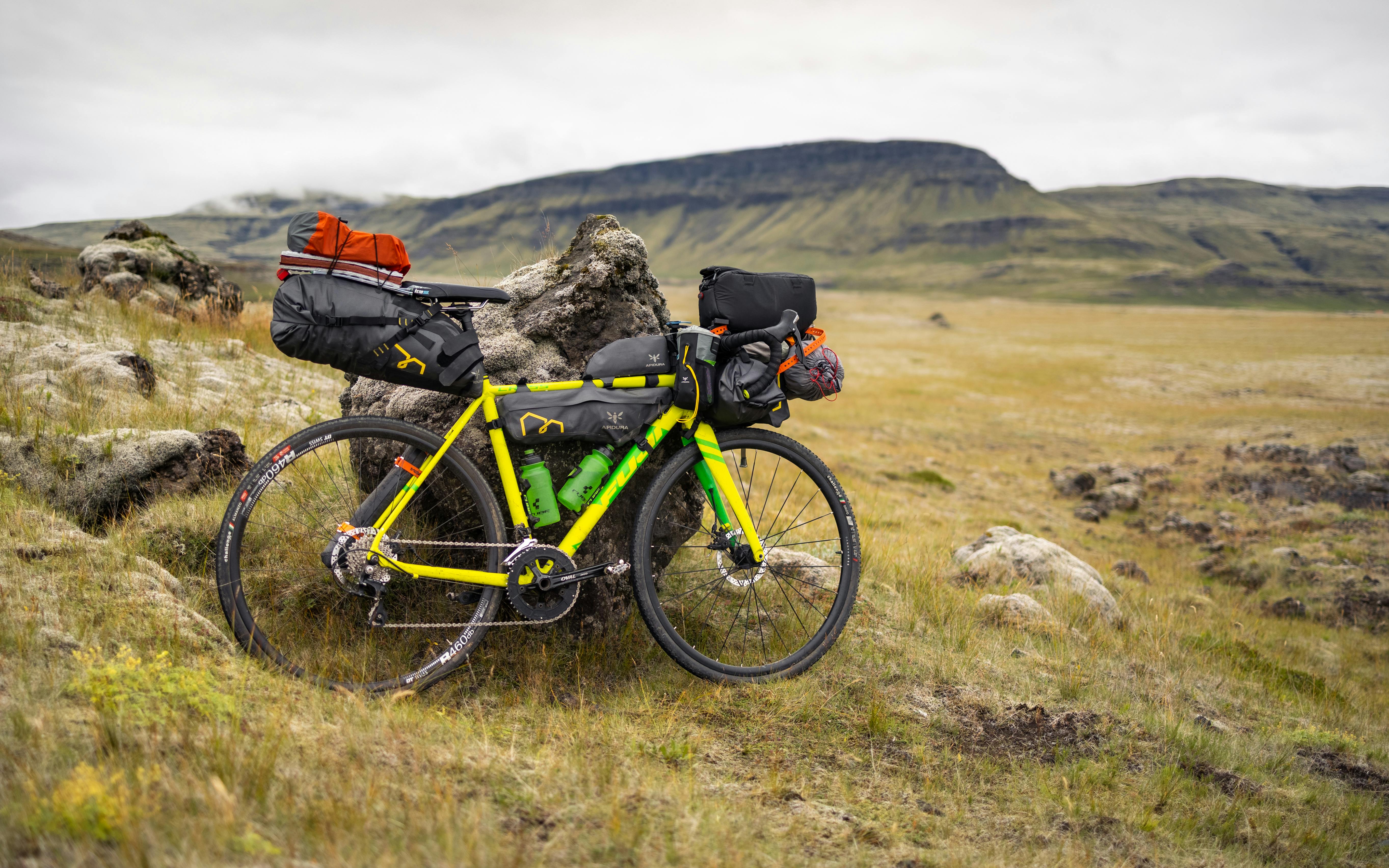Pre-Season Maintenance Checklist for Track-Equipped Snow Sleds
Preparing track-equipped snow sleds for the season reduces breakdowns on the trail and improves safety in both groomed areas and more remote backcountry runs. This brief overview highlights key maintenance steps to inspect tracks, check fuel and battery systems, evaluate accessories and storage, and ensure gear and avalanche safety items are ready for touring and performance.

Pre-Season Maintenance Checklist for Track-Equipped Snow Sleds
Preparing a track-equipped sled before winter riding begins helps prevent mechanical failures and supports safer outings on groomed trails and in backcountry terrain. A systematic pre-season inspection focuses on the drivetrain and tracks, engine systems like fuel and battery, suspension and steering, grooming-compatibility elements, storage practices, and ensuring essential gear and accessories are in place. The checklist below is aimed at improving reliability, performance, and rider safety.
Winter readiness: inspect tracks and suspension
Begin with a close visual and tactile inspection of the tracks and suspension components. Look for missing or damaged lugs, tears in the track material, loose or missing studs, and abnormal wear patterns. Check idler wheels, sprockets, and rail bearings for play or roughness. Verify tension and alignment according to manufacturer specifications—incorrect tension can harm performance and shorten component life. Lubricate moving suspension parts where applicable and replace worn bushings, ensuring travel and shock absorbers function smoothly for predictable handling on groomed trails and rough backcountry runs.
Trail and backcountry safety and avalanche checks
Safety checks should extend beyond mechanical items to include avalanche and backcountry preparedness. Ensure your avalanche transceiver, probe, and shovel are functioning and that batteries are fresh if the devices require them. Inspect the sled’s lighting and any emergency signaling gear for reliability on forested trails or in low-visibility backcountry conditions. Confirm that tow points and recovery attachment points are secure and free of corrosion. Carry route-specific information and communicate plans with local services or partners before heading out.
Fuel, battery, and performance checks
Drain old fuel if it has sat since last season, or add a fuel stabilizer per engine maker guidance; stale fuel can lead to poor starting and engine damage. Inspect fuel lines, filters, and the tank for contaminants, deterioration, or leaks. Test the battery’s state of charge and surface condition—clean terminals and secure mounts are critical. Run a compression and performance check to identify any early engine issues, and make sure the cooling system and exhaust are free of obstructions that could affect performance on sustained touring rides.
Grooming, skis, steering, and maintenance tips
Skis, carbides, and steering linkages influence control on groomed surfaces and mixed terrain. Measure ski wear and replace worn carbides to maintain predictable steering on packed trails. Check alignment and bearings in steering components and ensure handlebars and controls are tight with no excessive play. Examine brake components, including pads and fluid levels where applicable. Routine maintenance of these items keeps handling consistent and reduces risk when higher speeds are encountered on prepared trails or during long touring segments.
Storage, gear, touring and accessories list
Proper storage and accessory checks extend component life and improve readiness. Inspect storage compartments, straps, and mounting points for racks and cargo systems. Review touring accessories such as spare belt kits, tow straps, a compact tool kit, and emergency lighting; ensure each item is serviceable. Clean and dry the sled before long-term storage to prevent corrosion, and top up fluids. When preparing for a touring trip, pack weather-appropriate clothing, extra fuel containers if permitted, and route maps. Keep a log of recent maintenance and spare parts carried for reference.
Pre-ride tools, spares and emergency safety kit
Assemble a pre-ride kit tailored to your planned route and the severity of winter conditions. Include spare drive belts, a basic hand tool set, a tire-pressure gauge if applicable, replacement shear bolts, and fasteners. Carry an emergency thermal blanket, headlamp, and communication device with charged battery. For backcountry travel, ensure avalanche rescue equipment is readily accessible and that each rider is trained in its use. Inspect and replenish first-aid supplies annually and verify that mounting points for the kit are secure under riding conditions.
In conclusion, a methodical pre-season maintenance routine focused on tracks, drivetrain, fuel and battery systems, steering and grooming compatibility, storage practices, and properly stocked safety and touring gear improves reliability and reduces risk on both groomed trails and in backcountry environs. Regular checks and timely replacement of worn parts support consistent performance throughout the season and help maintain safety for riders and companions.





